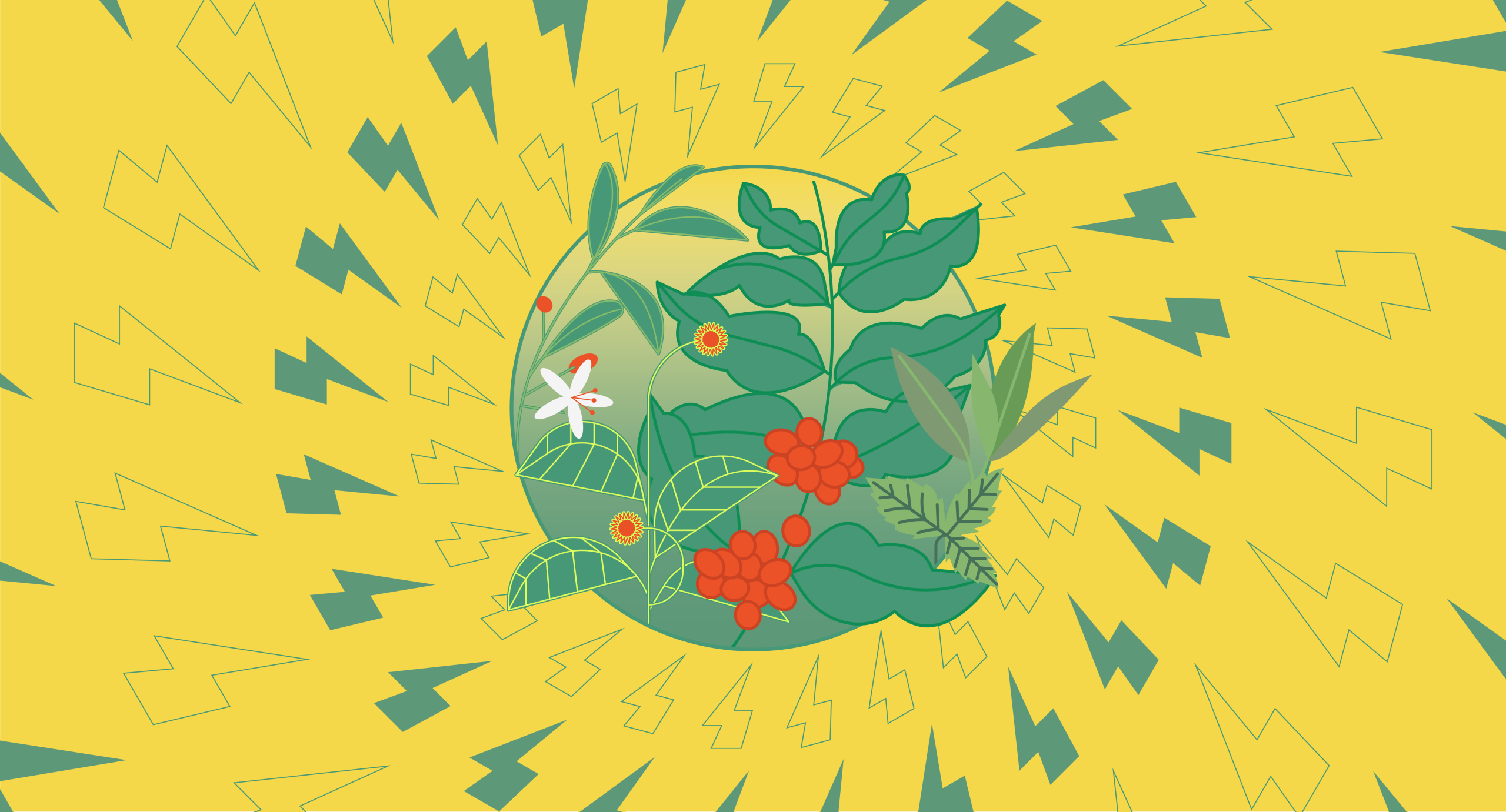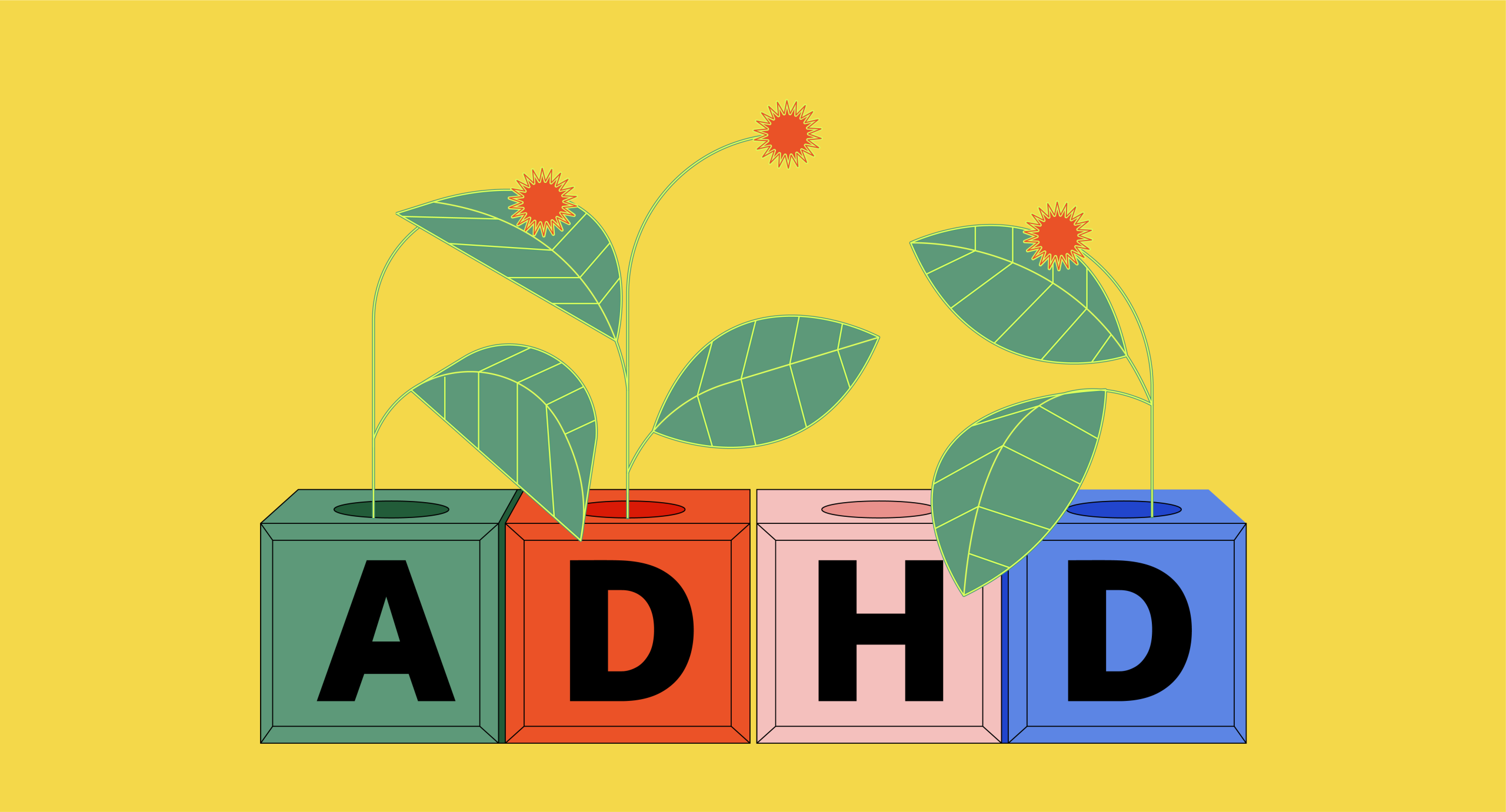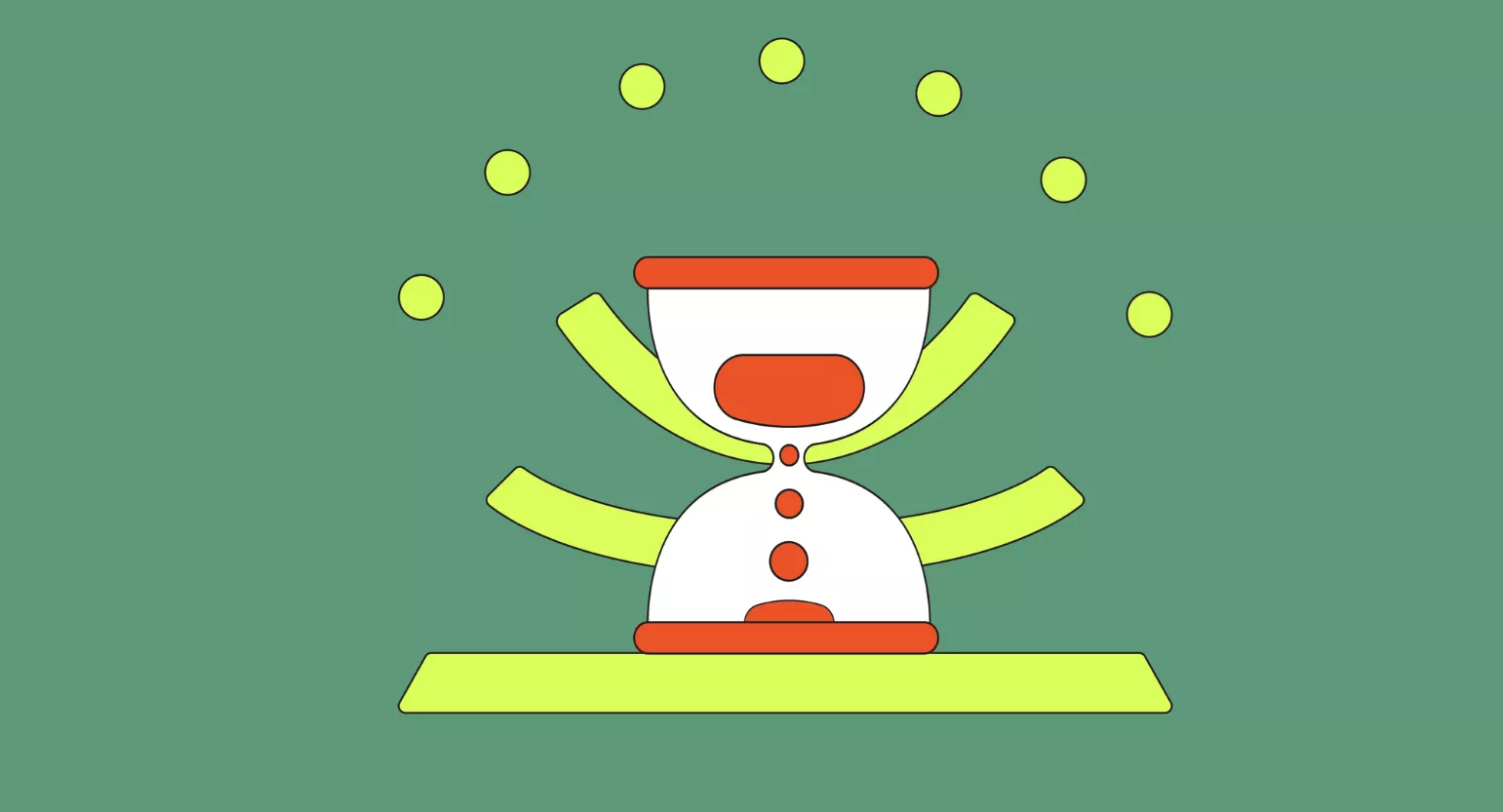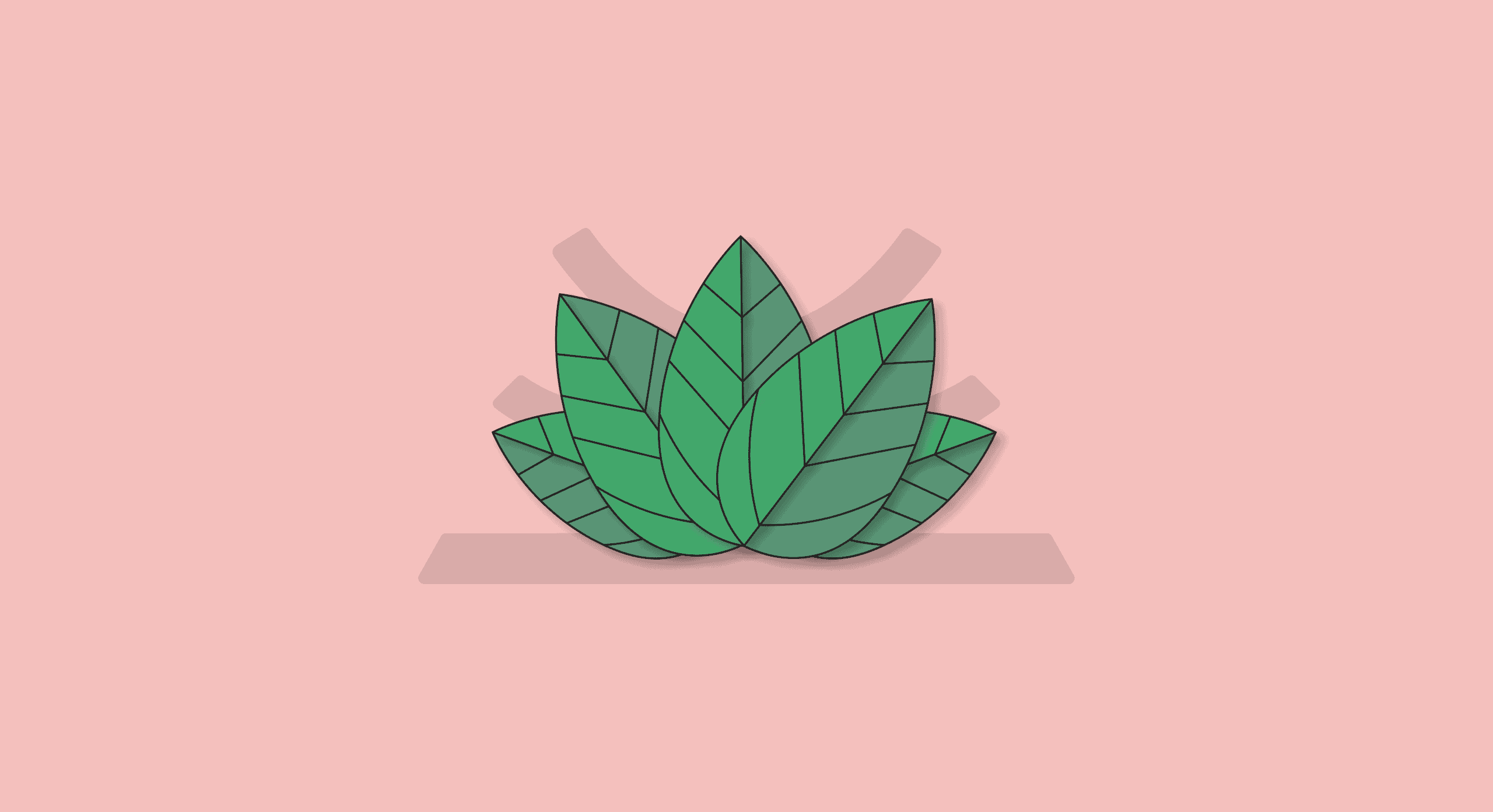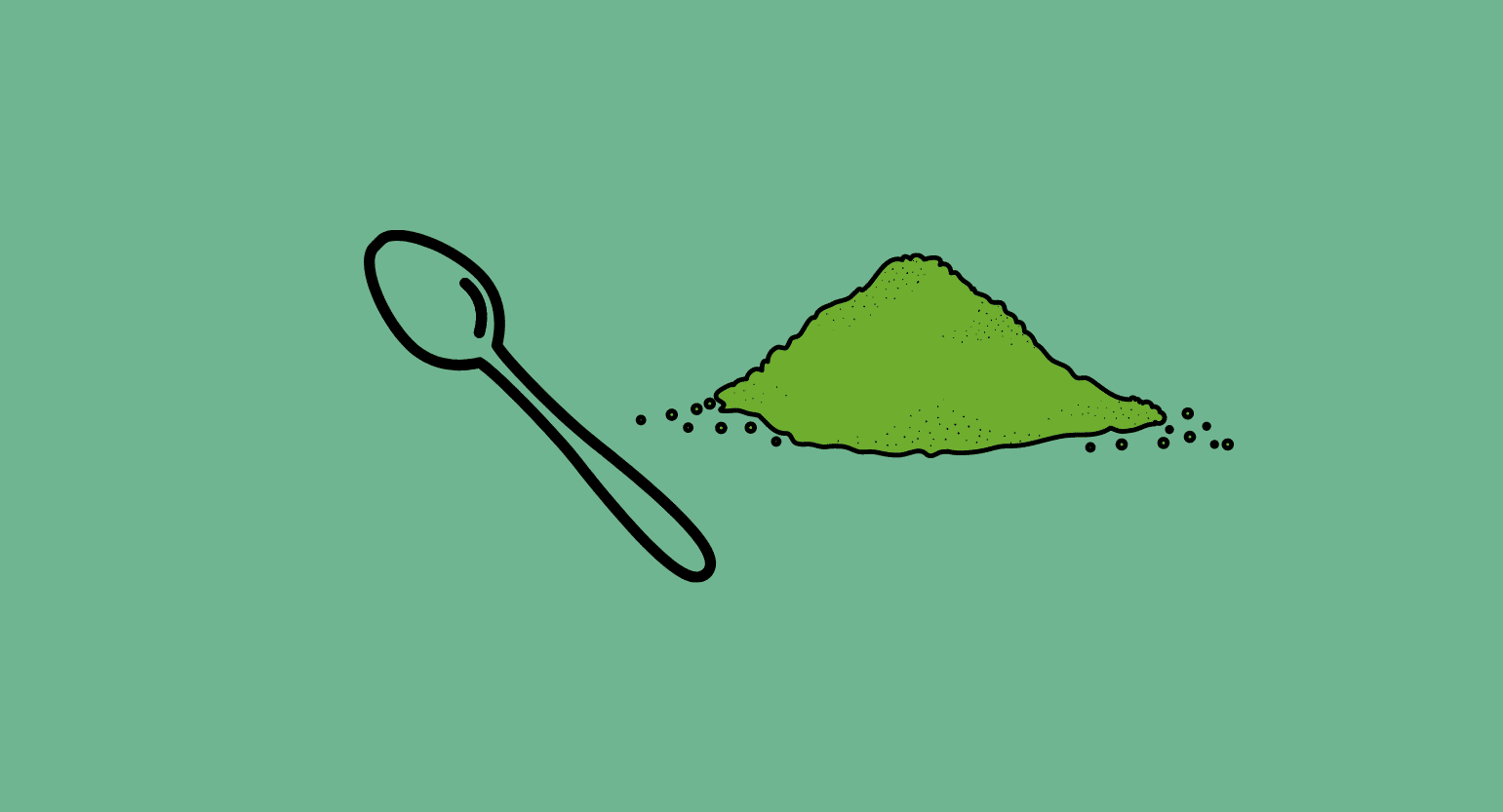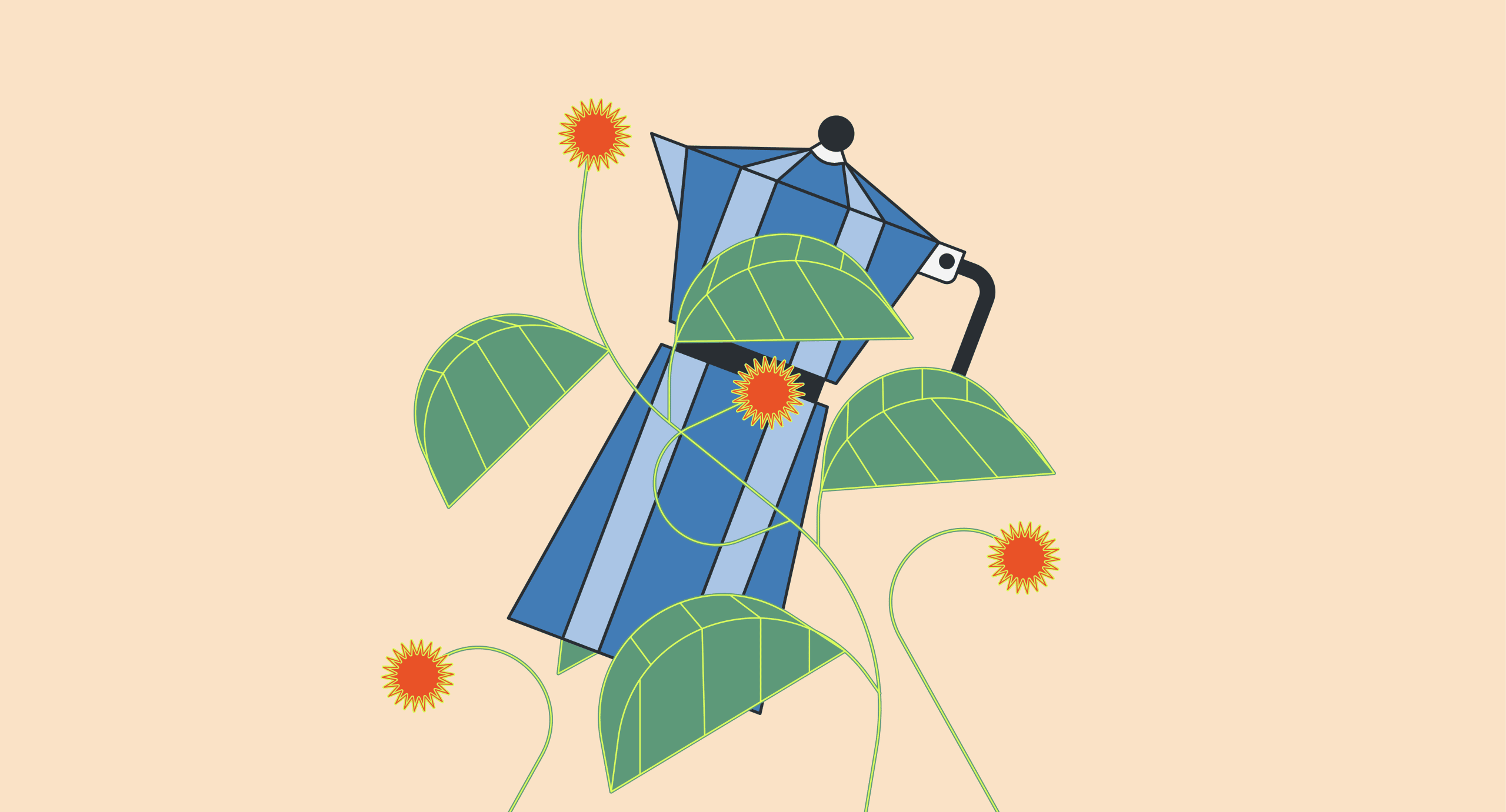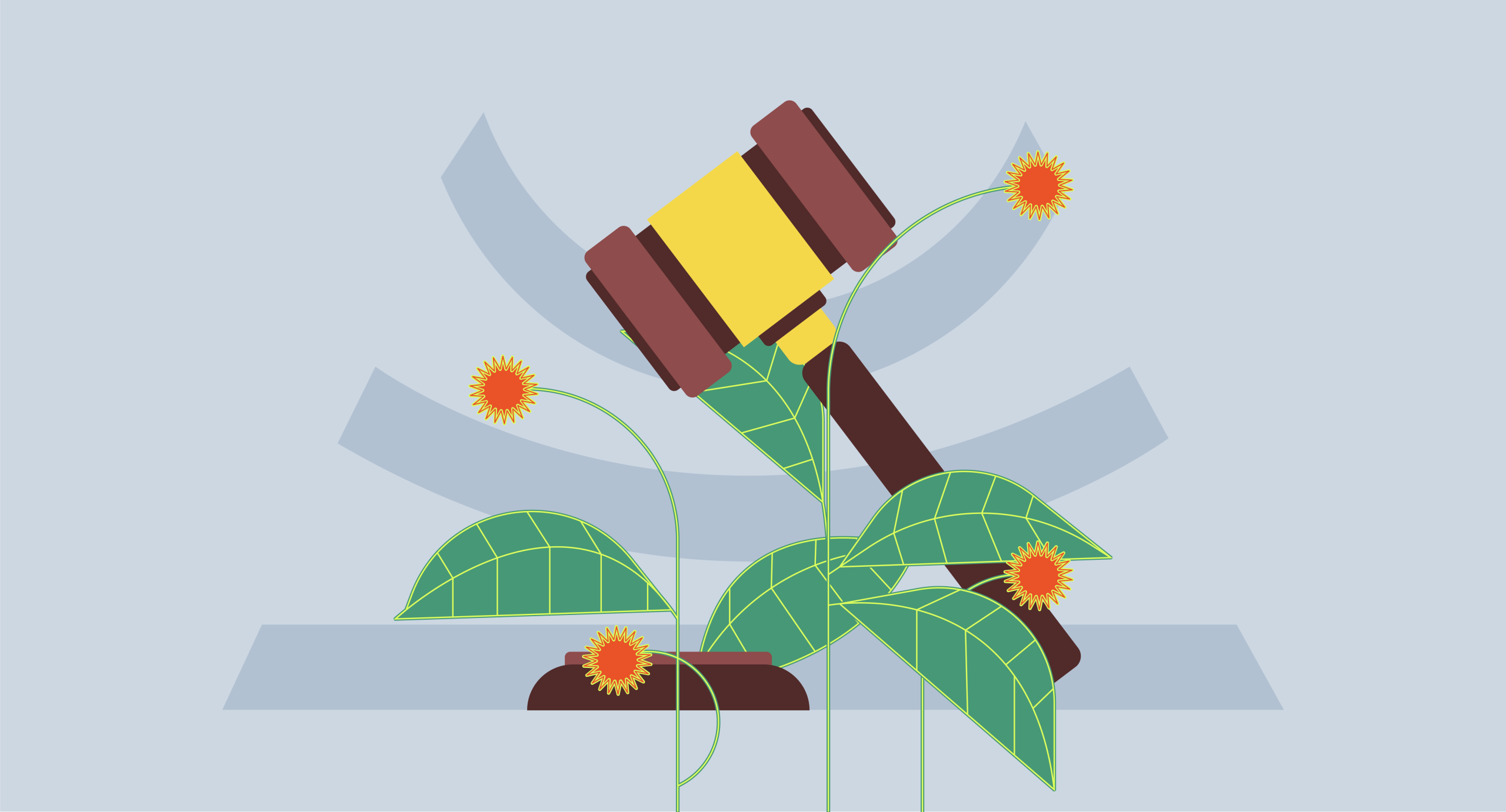Causes & Symptoms of Low Energy
Low energy and general fatigue can be caused by several factors. Some of the more common underlying causes include lack of physical activity, excessive physical activity, allergies, difficulty sleeping, stressful jobs, and long work hours.
Most people are familiar with the symptoms of low energy, including fatigue throughout the day, difficulty concentrating on tasks, and trouble staying awake.
When is Being Tired an Issue?
Experts maintain that some level of fatigue throughout the day is normal and expected in most healthy adults. However, low energy can be an issue for some people if it interferes with their daily routine.
If you find yourself struggling to get through work or normal activities because of your sleepiness or thinking about how tired you are throughout most of the day, you may have an actual issue with fatigue.
Additionally, if you are like many people who find themselves tired even after a full night’s sleep, you may want to find a solution for your low energy.
Best Herbs for Boosting Energy
Below are some of the most popular and effective herbs for increasing energy levels and helping users overcome fatigue.
Kratom
Kratom (Mitragyna speciosa), a herb originally from Southeast Asia, is one of the most potent energy-boosting herbs available. It works on several levels to improve cognitive function and physical performance.
Studies show that kratom has stimulative properties [10], can boost central nervous system activity, and provides nootropic effects that allow users to concentrate and focus more readily throughout the day [11].
Additionally, kratom has been shown to increase serotonin levels [12], which improves mood and could help overcome tiredness.
White-vein kratom is typically the best option for increasing energy levels, as these varieties of kratom are the most stimulative. Avoid using red vein kratom, as it can have the opposite effects. Some green vein strains may also help boost energy levels.
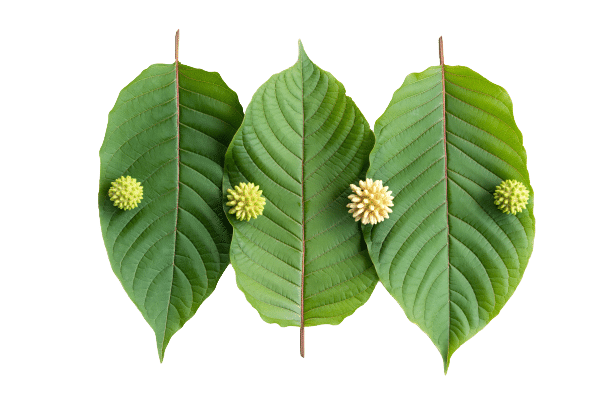
Korean Red Ginseng
Panax ginseng has been excessively studied for its energy-boosting effects. It contains compounds referred to as ginsenosides that have improved focus and concentration.
Ginseng is stimulating but in an entirely different way than caffeine. It’s a more subtle energizing effect. You feel like you have a larger battery bank to tap into.
Ginseng will only have a mild effect if you’re already feeling fatigued. But if you take it preventatively before a long shift at work or all-night study sesh, ginseng may be able to buy you some extra time before you eventually reach the burnout phase.
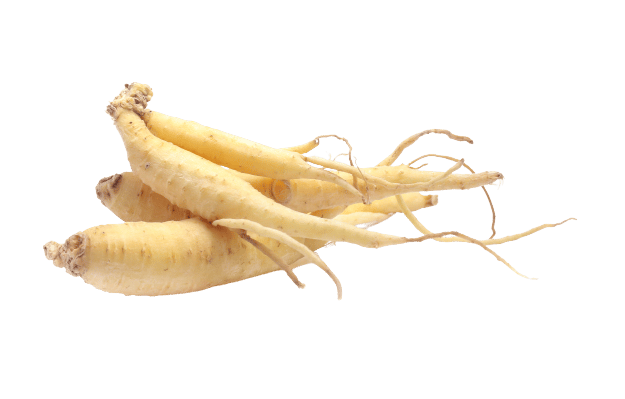
Rhodiola Rosea
Rhodiola rosea, a herb that grows in both Europe and Asia, has been used to treat physical and mental fatigue in traditional medicine for thousands of years [6].
There was even a secret Soviet research program that was using Rhodiola extracts on their soldiers. The results were so impressive the soviets kept the research a secret until one of the lead researchers migrated to the United States and shared the findings with the rest of the world.
This herb is similar to ginseng in that it isn’t directly stimulating. The energizing effects are more subtle but make users feel as though they have a larger energy reserve to tap into. You can work harder for longer before eventually burning out.
Rhodiola is best used as a daily supplement or as a pretreatment during times you know will be particularly demanding.
People who use Rhodiola notice the greatest improvement after about three days of consistent use.
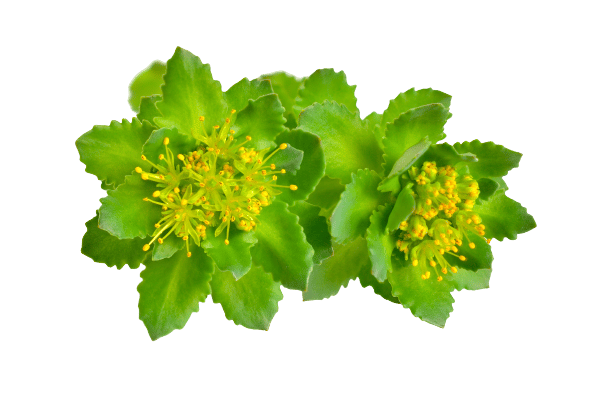
Ashwagandha
Ashwagandha (Withania somnifera), a herb used in Indian ayurvedic medicine for thousands of years, has more recently been shown to positively affect cognitive function [7].
Studies show that this herb is effective for ameliorating fatigue [8].
This herb acts on the adrenal glands, which are responsible for producing the body’s stress hormones. When we’re stressed or exert lots of energy, the adrenal glands can deplete. Ashwagandha acts by nourishing the adrenals to allow them to continue working efficiently for longer periods of time.
Ashwagandha is not a stimulant — it’s an adrenal tonic. Use this one as a preventative or to help recover from chronic fatigue caused by stress. Be patient and persistent; this herb can take several days to begin taking effect.
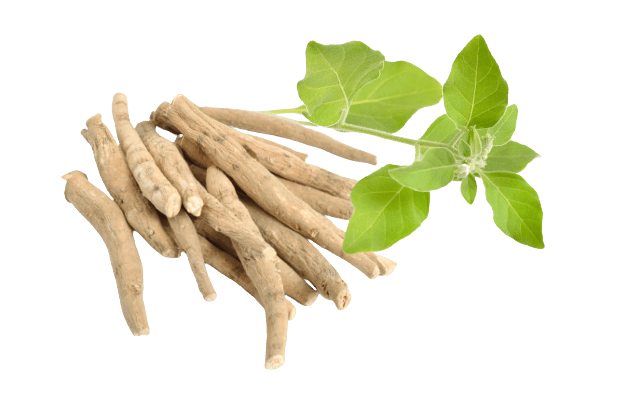
Maca
Maca (Lepidium meyenii) is a herb native to Peru that has been used to treat chronic fatigue and tiredness for an estimated 2000 years. Scientists have concluded that maca is effective for treating low energy levels as well, with studies showing a significant boost to both mental and physical performance in subjects [9].
Maca contains alkaloids with mild stimulating activity. The real value of this herb comes from the high concentration of amino acids used to build critical neurotransmitters such as serotonin, dopamine, norepinephrine, as well as testosterone, and cortisol.
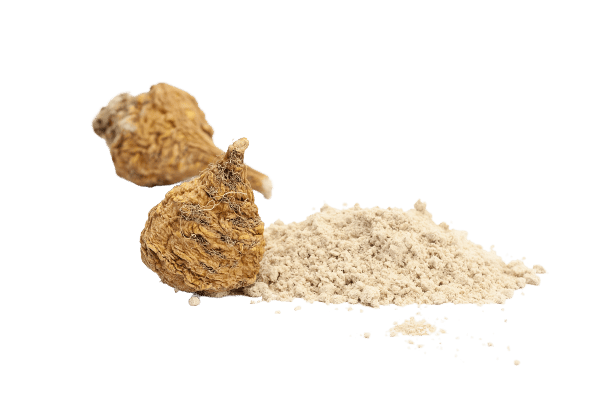
Coca Leaf
The coca plant (Erythroxylum coca) is the source of cocaine — a well-known stimulant.
But it’s not as dangerous as you might think.
The coca plant contains hundreds of active ingredients; cocaine is just one of them. When we extract single ingredients from plants and exclude everything else, the results tend to be very different from the effects of the raw herb. Cocaine is dangerous and addictive in pure form. The coca plant is not.
This plant has a long history of use in South America, where it grows abundantly. The problems associated with cocaine use are absent in people who use the raw plant.
The coca plant can be brewed into a tea to produce a pleasant and stimulating beverage. The effects are similar to caffeine. This is a great option for people doing physical labor jobs and works for people sitting at a computer. You feel like you have more energy to tap into, and it’s easier to concentrate on tasks you might otherwise find tedious or boring.
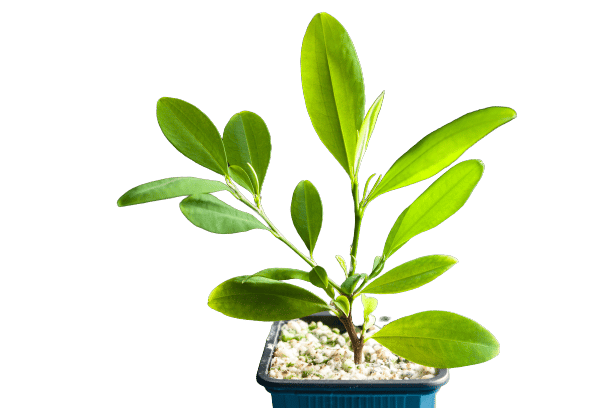
Coffee
No list covering energizing herbs would be complete without coffee.
Coffee is perhaps the best-known herb for stimulation, and the caffeine it contains is the most widely used psychoactive compound worldwide.
Caffeine blocks the effects of adenosine, a natural chemical in our brains that builds up the longer we’re awake and signals when it’s time to sleep. The stimulative effects of caffeine are well documented by modern research [14].
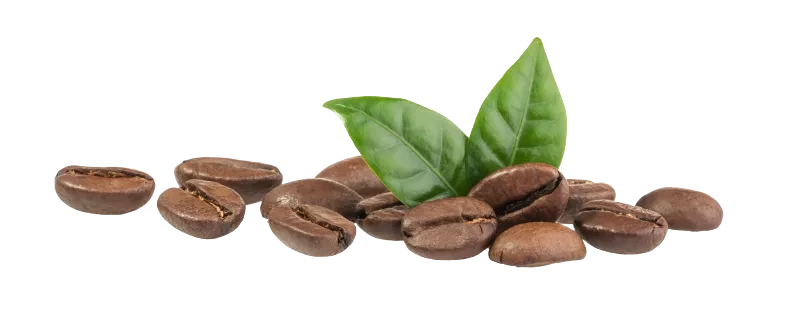
Green & Black Tea
Green and black tea leaves (Camellia sinensis) have been used in traditional medicine for thousands of years, and modern science is well-aware of the stimulative effects of these herbs.
Both color tea leaves contain L-theanine, which is a natural nootropic [15].
Black tea also contains significant amounts of caffeine, and the combination of L-theanine and caffeine is noted to be particularly useful for boosting energy without feeling anxious immediately after [16].

Guarana
Guarana (Paullinia cupana) seeds earn the title of having the highest concentration of caffeine in the plant kingdom.
However, guarana releases caffeine into the bloodstream much more slowly than coffee, making it a useful long-term stimulant.
Both traditional and modern medicine maintain that guarana is a more powerful stimulant than coffee [17].
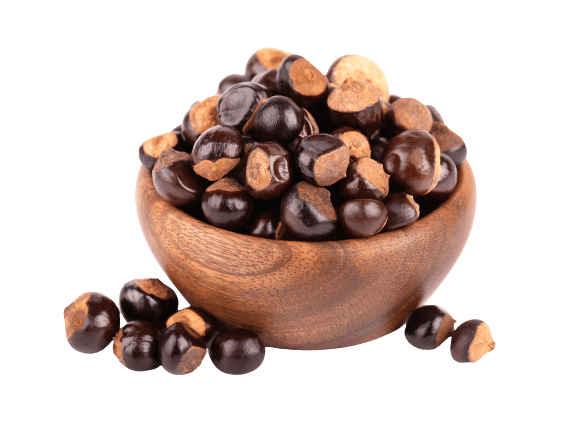
Yerba Maté
Yerba mate is a popular form of tea in South America — particularly around Argentina and Paraguay.
Yerba maté contains high concentrations of caffeine and a related molecule called theobromine (basically the mirror image of caffeine).
Research has shown that the caffeine contained in the yerba mate plant can block adenosine and promote wakefulness more effectively than tea and some types of coffee [18].
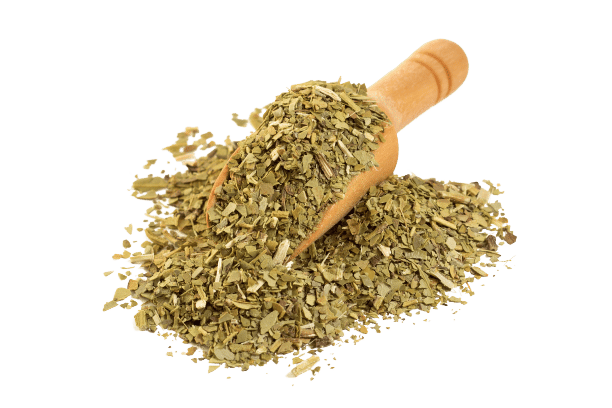
Yohimbe
Yohimbe (Pausinystalia johimbe) is a traditional African herb used to treat erectile dysfunction and weight gain, among other conditions. These effects mainly derive from the herb’s uniquely stimulating properties.
While the herb’s usefulness for ED isn’t well documented, modern science does suggest that it’s useful for weight loss [19] and can significantly boost energy levels [20].
Interestingly, many of the same alkaloids in kratom that provide its energizing benefits are also found in the yohimbe tree.
Sage
Sage (Salvia officinalis) is another well-studied herb that could increase energy levels. This herb is very common, yet many people remain unaware of its energizing properties.
This herb is specific to cognitive energy and has little influence on physical energy. This makes it a better option for people working or studying from a computer, rather than someone looking for an added energy boost while they finish a construction project or late-night drive.
Sage contains terpenes and other compounds that have been shown in clinical studies to boost mental performance [2].
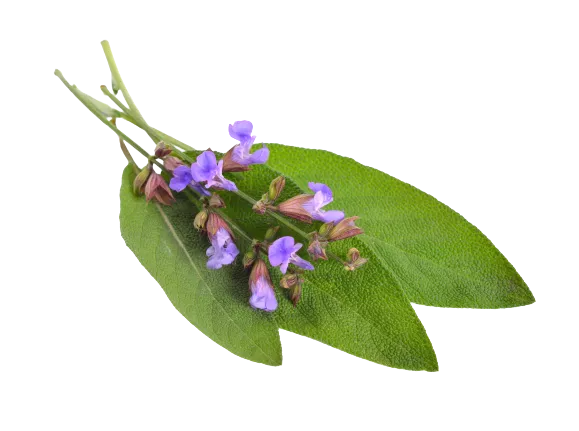
Bacopa Monnieri
Bacopa monnieri is a herb native to South Asia that has improved energy levels in traditional medicine for centuries.
Scientific research shows that this herb has neuroprotective and stimulating effects [3]. This is why so many people turn to it to ease the symptoms of fatigue.
Much like sage, bacopa is specific to the mind. It’s an excellent option for students or business professionals — but not the best option for drivers or laborers.
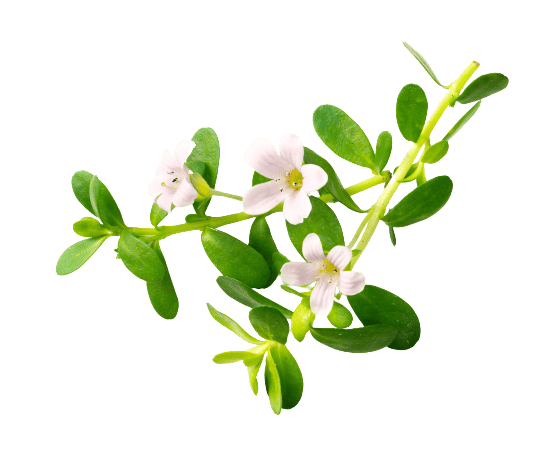
Peppermint
Peppermint oil is frequently used to treat low energy levels. Experts maintain that the terpenes contained in peppermint oil — including menthol and limonene — have stimulating effects that can briefly mimic those associated with caffeine intake [4]. These effects are short-lived, however.
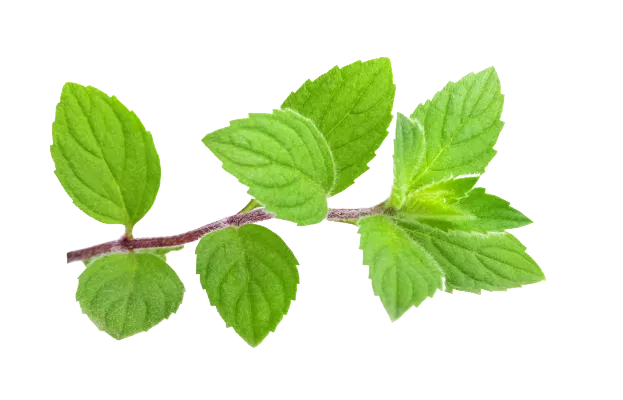
Rosemary
Like peppermint, rosemary (Salvia rosmarinus) contains terpenes that send signals to your brain via the olfactory nerves. The terpenes also directly affect your brain chemistry after being absorbed by the alveoli in the lungs and crossing over the blood-brain barrier.
The terpenes can increase neurotransmitter levels, boosting cognitive function and wakefulness [5].
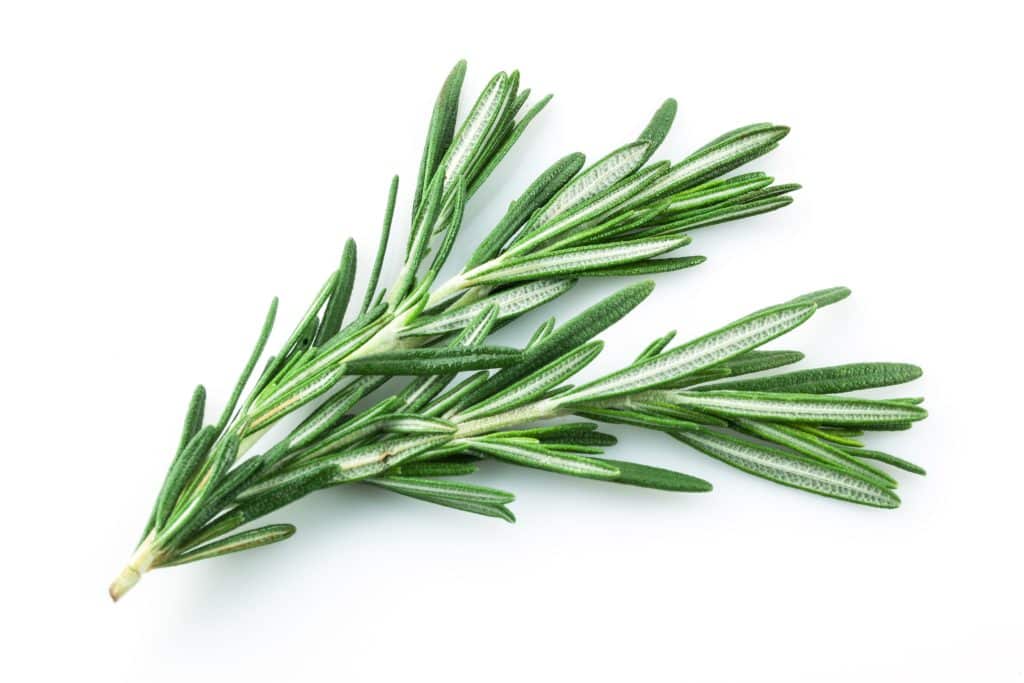
Wrapping Up: Using Herbs to Overcome Fatigue
Chronic fatigue and low energy levels are common complaints in otherwise healthy adults everywhere. Stressful daily routines, long work hours, and various other factors can contribute to tiredness and an inability to concentrate.
Luckily, there are a variety of herbs that can provide a boost to energy and cognitive function without the jitteriness associated with caffeine consumption.
Some of the most popular and well-documented herbs for boosting energy include kratom, maca, ginseng, and peppermint oil. Clinical Studies have shown that these and other herbs can stimulate brain function, improve mood, and help overcome the symptoms of fatigue.
- Van Soeren, M., Mohr, T., Kjaer, M., & Graham, T. E. (1996). Acute effects of caffeine ingestion at rest in humans with impaired epinephrine responses. Journal of applied physiology, 80(3), 999-1005.
- Wightman, E. L., Jackson, P. A., Spittlehouse, B., Heffernan, T., Guillemet, D., & Kennedy, D. O. (2021). The Acute and Chronic Cognitive Effects of a Sage Extract: A Randomized, Placebo-Controlled Study in Healthy Humans. Nutrients, 13(1), 218.
- Aguiar, S., & Borowski, T. (2013). Neuropharmacological Review of the nootropic herb Bacopa monnieri. Rejuvenation Research, 16(4), 313-326.
- Moss, M., Hewitt, S., Moss, L., & Wesnes, K. (2008). Modulation of cognitive performance and mood by aromas of peppermint and ylang-ylang. International Journal of Neuroscience, 118(1), 59-77.
- Moss, M., & Oliver, L. (2012). Plasma 1, 8-cineole correlates with cognitive performance following exposure to rosemary essential oil aroma. Therapeutic advances in psychopharmacology, 2(3), 103-113.
- Ishaque, S., Shamseer, L., Bukutu, C., & Vohra, S. (2012). Rhodiola rosea for physical and mental fatigue: a systematic review. BMC complementary and alternative medicine, 12(1), 1-9.
- Singh, N., Bhalla, M., de Jager, P., & Gilca, M. (2011). An overview on ashwagandha: a Rasayana (rejuvenator) of Ayurveda. African Journal of Traditional, Complementary and Alternative Medicines, 8(5S).
- Ng, Q. X., Loke, W., Foo, N. X., Tan, W. J., Chan, H. W., Lim, D. Y., & Yeo, W. S. (2020). A systematic review of the clinical use of Withania somnifera (Ashwagandha) to ameliorate cognitive dysfunction. Phytotherapy Research, 34(3), 583-590.
- Gonzales-Arimborgo, C., Yupanqui, I., Montero, E., Alarcón-Yaquetto, D. E., Zevallos-Concha, A., Caballero, L., … & Gonzales, G. F. (2016). Acceptability, safety, and efficacy of oral administration of extracts of black or red maca (Lepidium meyenii) in adult human subjects: A randomized, double-blind, placebo-controlled study. Pharmaceuticals, 9(3), 49.
- Eastlack, S. C., Cornett, E. M., & Kaye, A. D. (2020). Kratom—Pharmacology, clinical implications, and outlook: a comprehensive review. Pain and Therapy, 9(1), 55-69.
- Fluyau, D., & Revadigar, N. (2017). Biochemical benefits, diagnosis, and clinical risks evaluation of kratom. Frontiers in psychiatry, 8, 62.
- Johnson, L. E., Balyan, L., Magdalany, A., Saeed, F., Salinas, R., Wallace, S., … & Grundmann, O. (2020). Focus: Plant-based Medicine and Pharmacology: The Potential for Kratom as an Antidepressant and Antipsychotic. The Yale Journal of Biology and Medicine, 93(2), 283.
- Casikar, V., Mujica, E., Mongelli, M., Aliaga, J., Lopez, N., Smith, C., & Bartholomew, F. (2010). Does chewing coca leaves influence physiology at high altitude?. Indian Journal of Clinical Biochemistry, 25(3), 311-314.
- Cornelis, M. C. (2019). The impact of caffeine and coffee on human health.
- Nobre, A. C., Rao, A., & Owen, G. N. (2008). L-theanine, a natural constituent in tea, and its effect on mental state. Asia Pacific journal of clinical nutrition, 17.
- Owen, G. N., Parnell, H., De Bruin, E. A., & Rycroft, J. A. (2008). The combined effects of L-theanine and caffeine on cognitive performance and mood. Nutritional neuroscience, 11(4), 193-198.
- Moustakas, D., Mezzio, M., Rodriguez, B. R., Constable, M. A., Mulligan, M. E., & Voura, E. B. (2015). Guarana provides additional stimulation over caffeine alone in the planarian model. PLoS One, 10(4), e0123310.
- Fredholm, B. B. (1995). Adenosine, adenosine receptors and the actions of caffeine. Pharmacology & Toxicology, 76(2), 93-101.
- Kucio, C., Jonderko, K., & Piskorska, D. (1991). Does yohimbine act as a slimming drug?. Israel Journal of medical sciences, 27(10), 550-556.
- Alkhatib, A., Seijo, M., Larumbe, E., & Naclerio, F. (2015). Acute effectiveness of a “fat-loss” product on substrate utilization, perception of hunger, mood state, and rate of perceived exertion at rest and during exercise. Journal of the International Society of Sports Nutrition, 12(1), 1-8.

